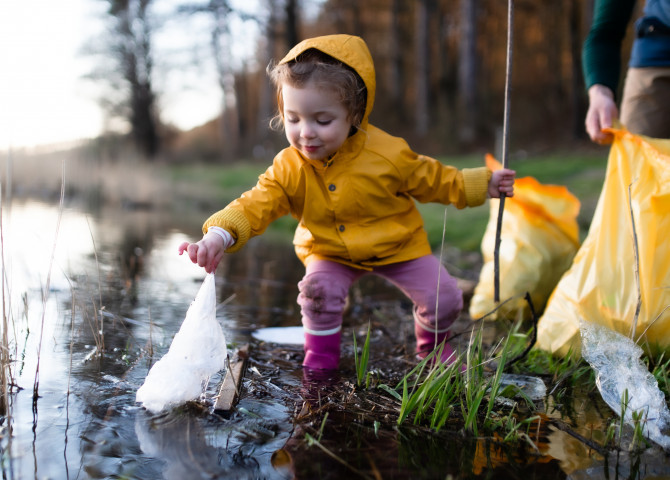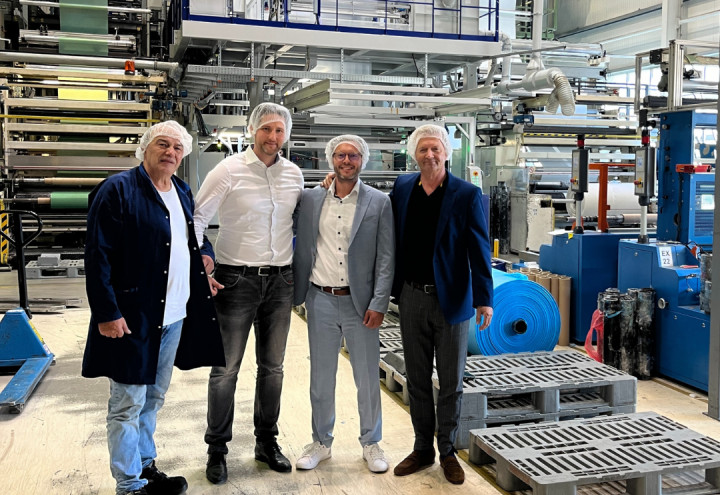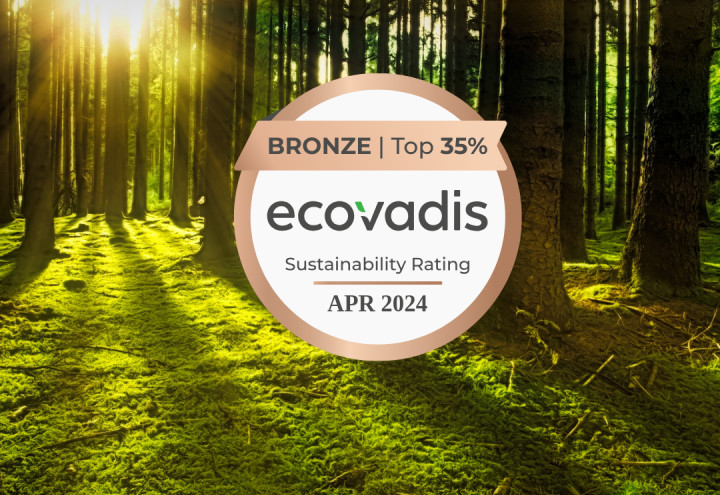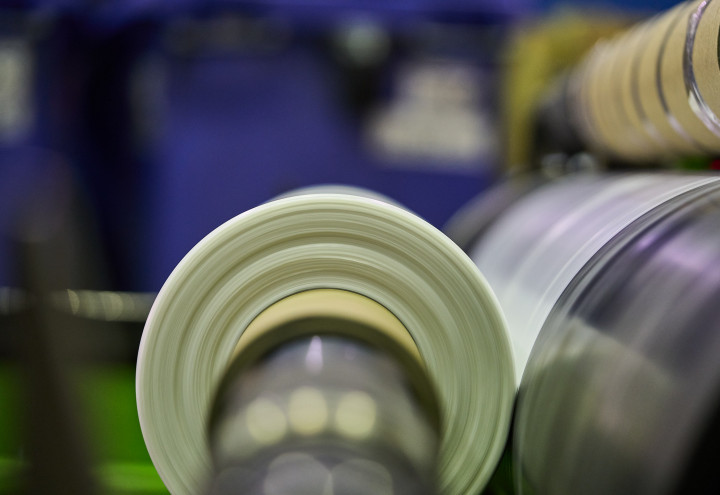Plastic is better than its reputation.
Flexible packaging protects food from going bad and products from being damaged. Food and product waste put more strain on the ecosystem than the use of the packaging that protects it. There are still no real solutions to provide the same advantages of protection. Even biodegradable or bio-based plastics are not a superior alternative. On the contrary, biodegradable plastics disrupt the recycling circulation and studies have even found that they can contain harmful substances. They also need special industrial processing to degrade faster than conventional plastics*. Bio-based plastics often consist of renewable raw materials such as corn starch. The term "renewable raw materials" creates the illusion that there are unlimited resources. However, the production of bio-based materials consumes soil, fertiliser and often pesticides.
As long as there are no better alternatives, we at Gordopack rely on increasing the use of recycled plastics and thus protecting the environment.
Find out more about our use of recyclable plastics under applications

Less plastic will increase CO₂.
Have you ever thought about a world without plastic packaging? It does not look so good at all. The packaging only accounts for a fraction of the CO₂ emissions of a packaged food item, but it helps to reduce food waste and thus saves more CO₂than is caused by its production**. Plastic packaging protects against moisture, keeps oxygen away and flexibly adapts to its content. It is many times lighter than, for example, cardboard or glass and therefore causes fewer CO₂emissions.
Let us assume we replaced plastic packaging in the water industry with a heavier material such as glass: It would take 26 truckloads to transport 400,000 glass bottles. In comparison, lightweight PET bottles would reduce the transport effort considerably. For 400,000 pressed, PET bottles, only one truck is needed***.
Hence, less plastic will increase CO₂. Who would have thought?

* Source: Environmental Science & Technology magazine, Study from the University of Plymouth 2019, and “Are bioplastics and plant-based materials safer than conventional plastics? In vitro toxicity and chemical composition” publication, University of Frankfurt 2020
** Source: denkstatt, 2015
*** Source: BGVZ-Bund Getränkeverpackungen der Zukunft.
Circular Economy
The solution for less waste and less CO₂.
Don't we all want a world without waste? How can everybody contribute to achieve it? Science warns of an ecological collapse if societies do not act soon. We act, we become circular. The circular design is built on three columns:
- Avoid waste and pollution
- Design products sustainably
- Return used products to the cycle for reuse
We have to design our products right from the start, bearing in mind what will happen to them during and after use. Once the product is in the market, it is too late to think about possible usage and the after-life.
In our in-house recycling facility, we return every kilogram of film waste to the cycle, so that the recovered material can be used for further processing. We at Gordopack do not stop there: so-called post-consumer recycled (PCR) material is mixed into every GP-Loop product. Material there is obtained from plastic waste that was collected in the environment, such as from oceans, and stem from various landfill sources. Depending on the percentage of PCR material used, we offer the GP-Loop30, GP-Loop50 and GP-Loop70 products.






